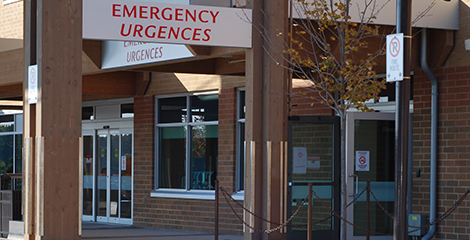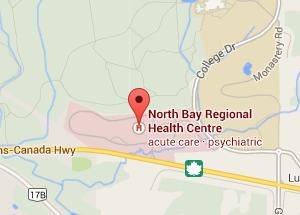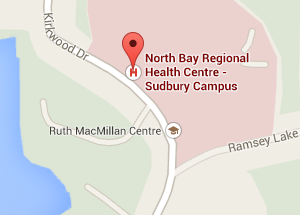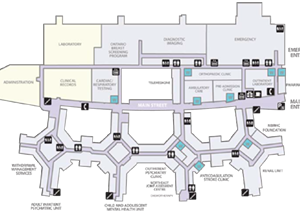- Unlike a walk in clinic, you are not seen in order of arrival, but based on the urgency of your need. Urgent patients will be seen according to priority.
- Estimated wait times are updated every 15 minutes but they are approximate and can change very quickly.
- Wait times are estimated from when the non-urgent patients are registered to when they enter the department. They do not include the time it takes to be assessed by a physician or reflect the total length of stay of a visit.
- Due to rapidly changing demands and the need to see the sickest patient first, your own wait time may be more or less than the time displayed here.
Menu
- Home
- About Us
- Patients & Visitors
- Join Our Team
- Programs & Services
- Contact Us



